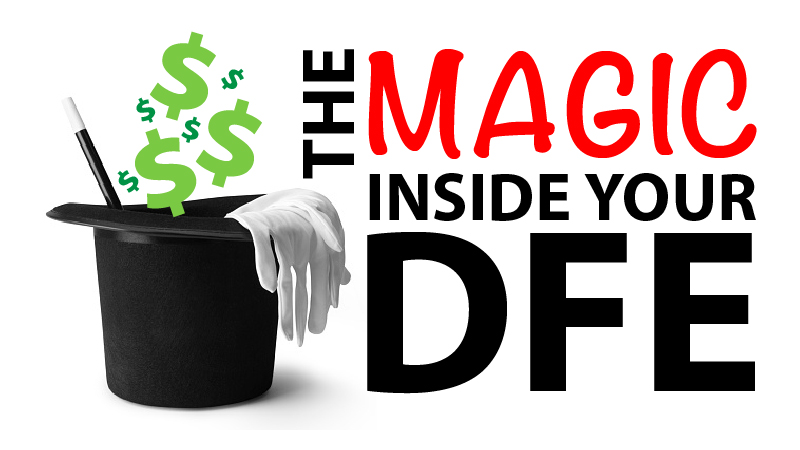If you own a digital print device, somewhere in your life is a Digital Front End. The Digital Front End (DFE) is the workflow touchpoint that accepts a print file, commonly a PDF or PostScript file in today’s print environment, and turns that file into a format that the print engine (toner or inkjet) can use to lay down the content on the substrate. The DFE is the Raster Image Processor (RIP), but it may be a whole lot more depending on the type of device you have.

Let’s start with the Raster Image Processor functions. It begins with interpreting the incoming file. If you work in sites using AFP, Xerox Metacode, XSL-FO files, HP-PCL files or similar formats the process is the same as workflows using PostScript or PDF. RIPs can also reinterpret bitmap files (like camera files) to the correct resolution, which is useful when moving raster files among devices. When engaged, the RIP interprets the inbound file, usually one page at a time, and renders a continuous tone bitmap based on the directions of the file. The last step is to create the screened file ready for use by the print engine, which involves using either Amplitude Modulation (AM) screening or stochastic screening. Every vendor has their own sets of algorithms designed to tune the screening to their print engine. This is why files sent to different machines may render differently. Hold that thought for a moment.
Many DFEs have expanded their role in workflow. DFEs that support complex devices often have expanded functionality to manage color, ICC profiles, and imposition, and handle variable data. DFEs on production inkjet devices generally include options for setting ink levels and managing options for drying levels and print speeds.
Some production devices offer more than one approved DFE, leaving the buyer to zero in on the features and functions that will work best for their workflow. In some cases the options may include what file formats will be supported, what print speeds will be supported, how much of the process can be automated, and if bi-directional communication is available between the DFE and other workflow processes. Down the road we may see the DFE as the vital communication link for printing and finishing devices enabled with sensors to participate in the Internet of Things.
Your takeaway is this: Take some time to understand what the DFEs you currently have actually do. Dive into the features and functions to make sure you are getting the most out of the solution you have installed. If you have devices from a variety of vendors, map the differences between the DFEs you have and look carefully at how they render color. Take a job for which you have a known target and run it on all of your devices to see what settings you need on each DFE to get the same image quality and color. Becoming the expert in your existing workflow will help you to make better decisions when it is time to upgrade your DFE or bring in new print solutions.
For more on how to keep your work flowing, check out the other blogs in this series and stop by my Workflow Blog for the step by step guide on how to evaluate the workflow you have!
 Pat McGrew is the Director and Evangelist for the Production Workflow Service at KeyPoint Intelligence/InfoTrends. As an analyst and industry educator, Pat works with InfoTrends customers and their clients to promote workflow effectiveness. She also has a background in data-driven customer communication, and production printing with offset, inkjet and toner. Co-author of 8 industry books, editor of A Guide to the Electronic Document Body of Knowledge, and regular writer in the industry trade press, Pat won the 2014 #GirlsWhoPrint Girlie Award for dedication to education and communication in the industry, and the 2016 Brian Platte Lifetime Achievement Award from Xplor International. Find Pat on Twitter @PatMcGrew and on LinkedIn.
Pat McGrew is the Director and Evangelist for the Production Workflow Service at KeyPoint Intelligence/InfoTrends. As an analyst and industry educator, Pat works with InfoTrends customers and their clients to promote workflow effectiveness. She also has a background in data-driven customer communication, and production printing with offset, inkjet and toner. Co-author of 8 industry books, editor of A Guide to the Electronic Document Body of Knowledge, and regular writer in the industry trade press, Pat won the 2014 #GirlsWhoPrint Girlie Award for dedication to education and communication in the industry, and the 2016 Brian Platte Lifetime Achievement Award from Xplor International. Find Pat on Twitter @PatMcGrew and on LinkedIn.












3 Responses
Pat, thank you your commentary on DFE and other workflow processes are informative.
It’s interesting to learn about digital printing and digital front ends. I like how you said that the type of device changes the DFE. I had no idea that there was so much that went into this type of printing.